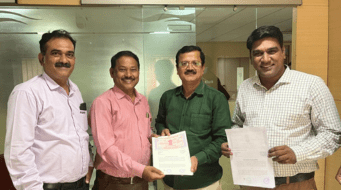~ by WOTR Communications
Rural India, home to a staggering 833 million people (GOI, 2011), is a vibrant tapestry of diverse cultures, traditions, and livelihoods. However, beneath this colourful facade lies a complex set of challenges that have long plagued its inhabitants.
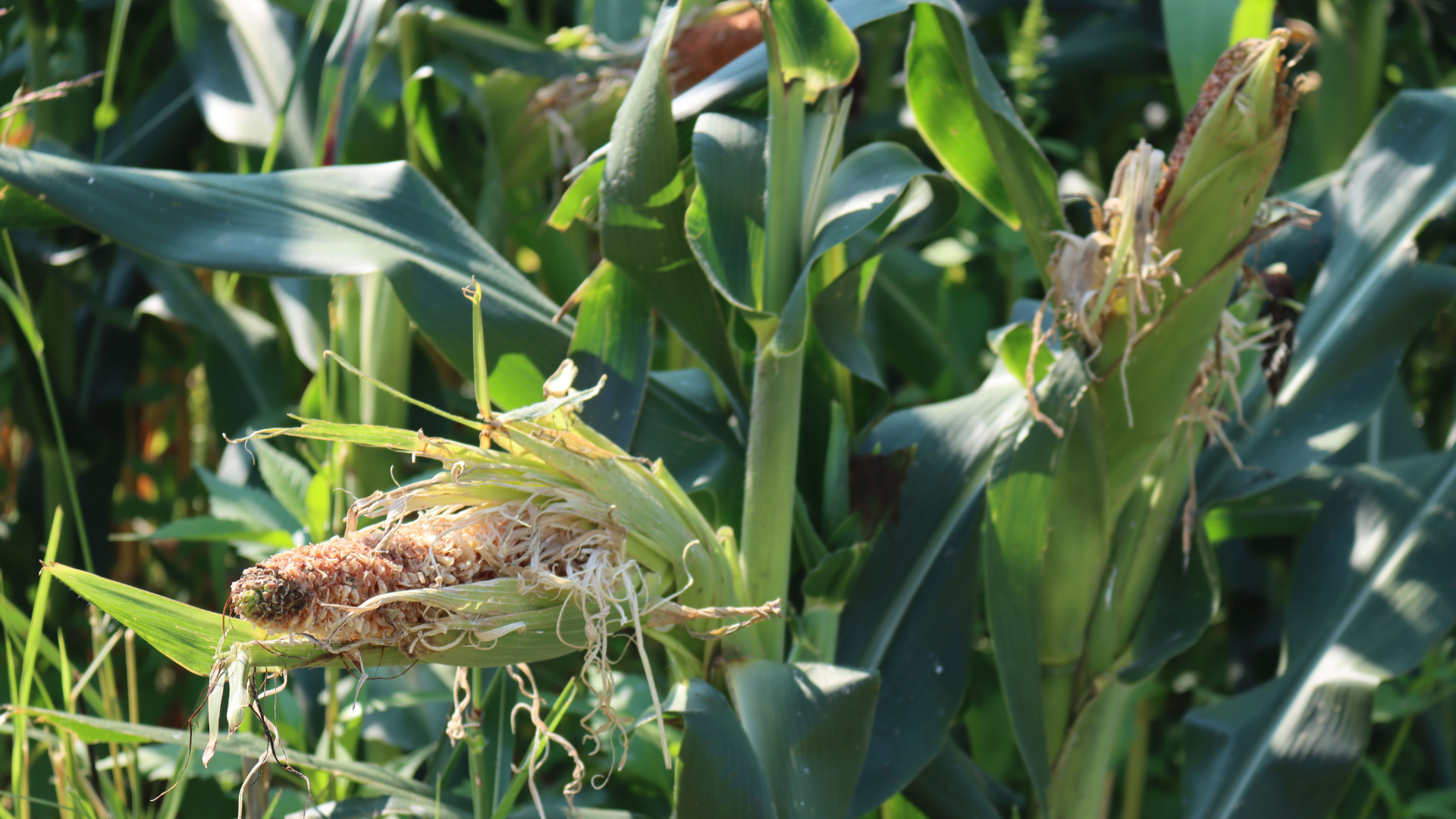
One of the most significant challenges faced by rural communities in states like Madhya Pradesh is the confluence of climate change impacts and an increasingly unprofitable agricultural sector, making rural communities highly vulnerable to a loss of consistent livelihood opportunities.
The Plight in Rural Madhya Pradesh
Madhya Pradesh, situated at the heart of India, grapples with high levels of rural poverty, with 38.3% of households living below the poverty line. Many of these households rely on subsistence farming, even as agriculture’s profitability continues to decline. The low productivity of agricultural land, exacerbated by a lack of assured irrigation, degraded lands and climate change, hampers the adoption of modern agricultural technologies, ultimately limiting income opportunities for rural households.
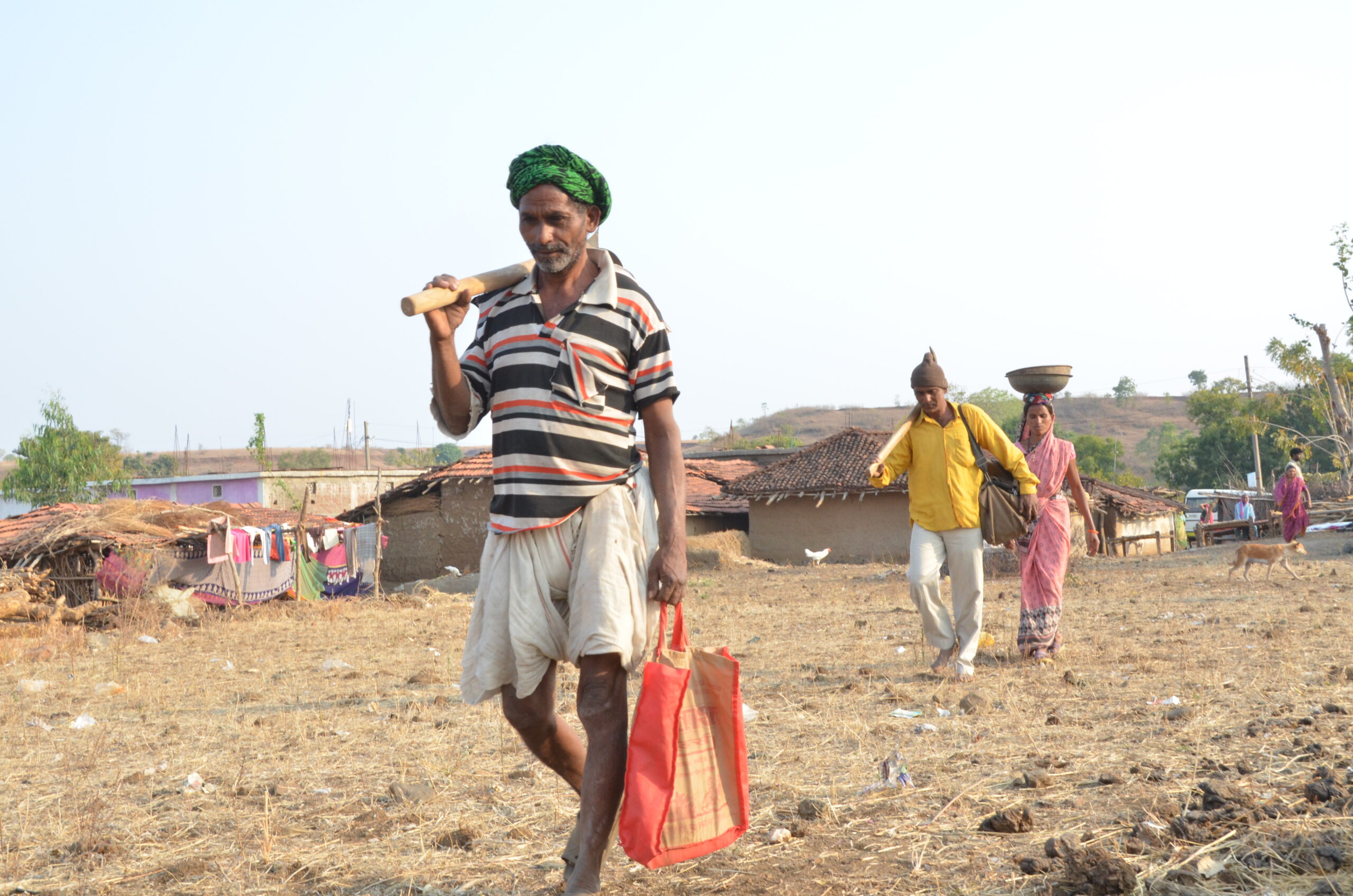
Consequently, a distressing trend of rural-to-urban migration has emerged as people seek labour opportunities elsewhere, further deepening the vulnerability of rural communities.
The Role of Livestock in Building Rural Livelihoods
In this challenging landscape, livestock emerges as a pivotal player in the socio-economic development of rural households. It significantly contributes to both the Gross Domestic Product (GDP) and the Agricultural GDP. Over the past two decades, the livestock sector has exhibited remarkable growth, with its contribution to total agriculture GVA (at constant prices) reaching 30.1% in 2020-21.
In Madhya Pradesh alone, the livestock sector has grown by over 14% (NSA, 2020). Beyond food production, livestock provides organic manure and various industrial inputs. Importantly, it serves as a continuous source of income and employment, reducing the seasonality in livelihood patterns, particularly for the rural poor.
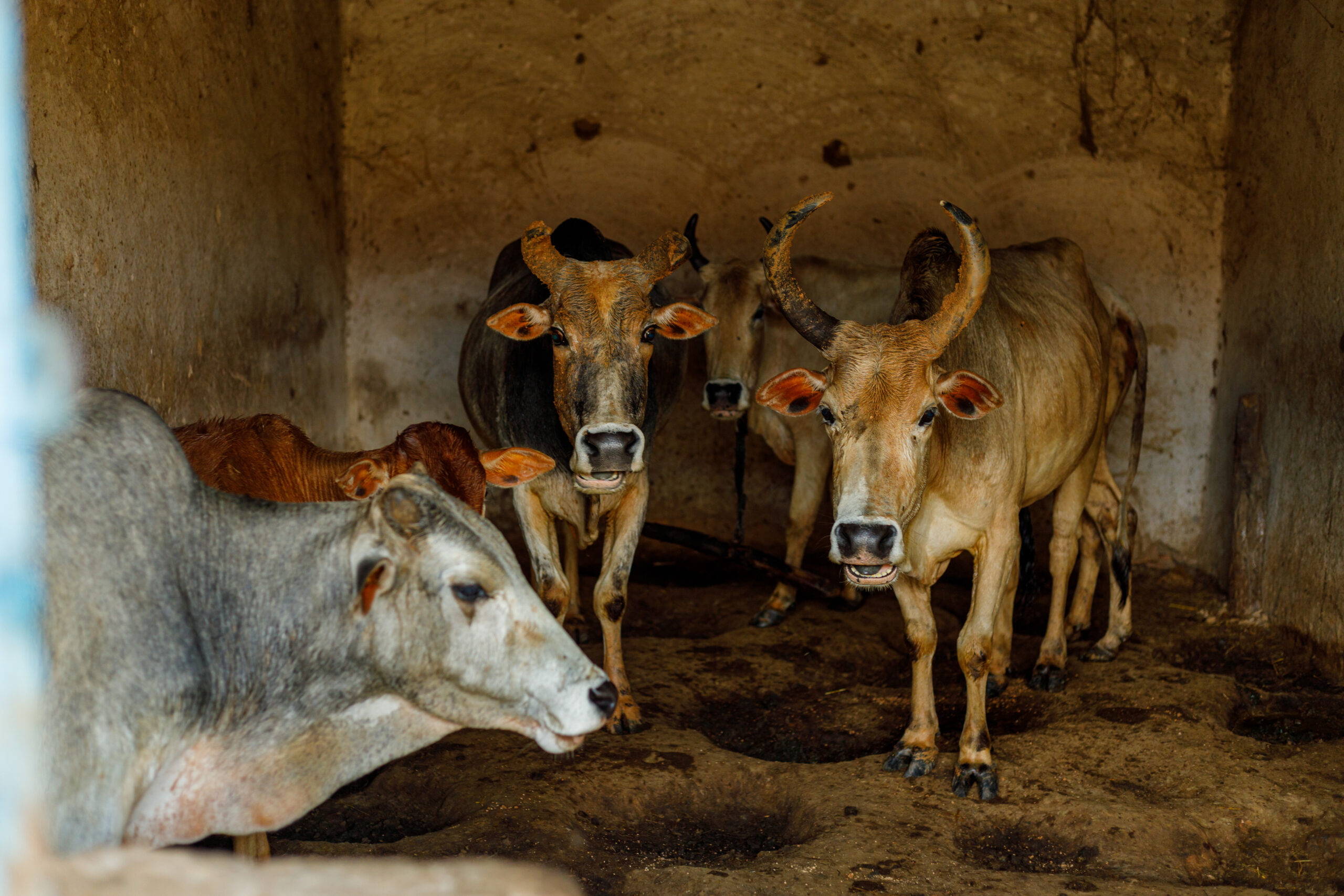
Livestock rearing can significantly alleviate rural poverty, especially among landless and marginal households. Research indicates that livestock ownership has a substantial positive impact on income distribution and poverty reduction in rural areas. In India, the majority of livestock-owning households are small, marginal, or landless, making small animals like cows, sheep, goats, pigs, and poultry ideal for commercial purposes due to their low initial investment and operational costs.
Challenges in Livestock Management
While the potential of livestock in alleviating rural poverty is undeniable, it faces its own set of challenges. High mortality and morbidity rates among livestock, particularly goats, inflict significant economic, social, and emotional stress on rural households. India grapples with various prevalent animal diseases like Foot and Mouth Disease (FMD), Haemorrhagic Septicaemia (HS), Anthrax, Rabies, and Glanders, leading to substantial economic losses.
The annual economic loss due to Foot and Mouth Disease alone is estimated at Rs. 12,000-14,000 crore. With limited access to timely and affordable healthcare, livestock production becomes a precarious endeavour. It is alarming to note that in India, there are only 67,784 registered veterinary practitioners to serve the vast population. This shortage of veterinary professionals is compounded by the limited availability of healthcare facilities for animals. The total number of veterinary hospitals stands at 12,234, while veterinary dispensaries number 27,140, and veterinary aid centres amount to 25,827.
This glaring disparity between the number of practitioners and the facilities available highlights the urgent need for improved access to veterinary care across rural India.
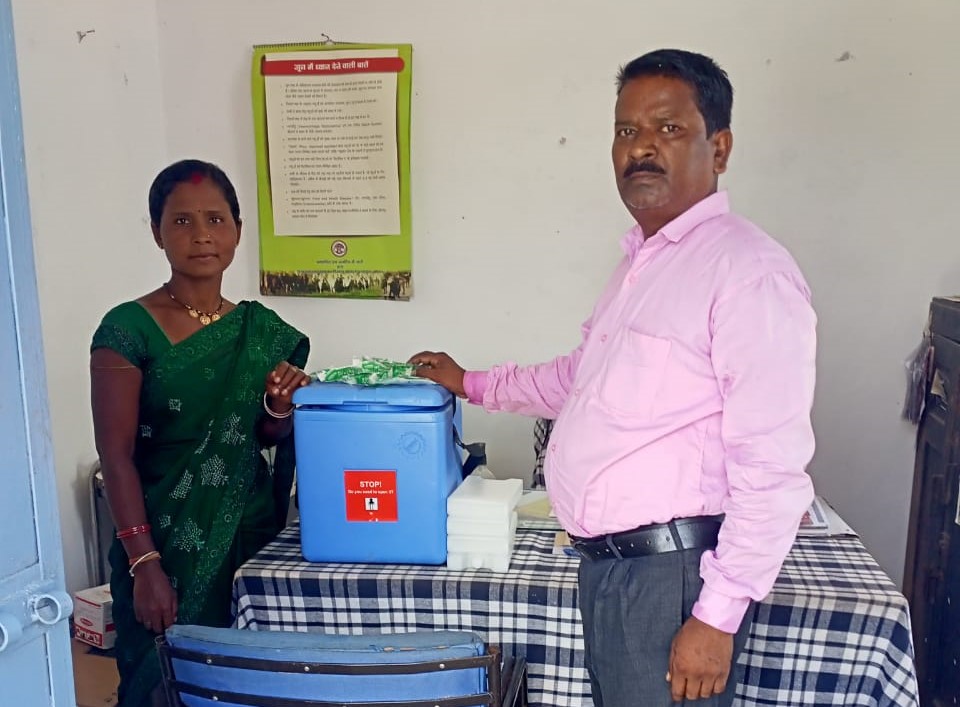
Add to this, genetic degradation, feed scarcity, lack of transparent pricing systems, and inadequate healthcare access further compound the challenges faced by livestock farmers.
Empowering Rural Women: Pashu Sakhis
The responsibility of managing and caring for livestock often falls disproportionately on women, who play a vital role in small livestock care. Despite their pivotal role, this labour is often unpaid, leaving rural women financially dependent. The ‘Pashu Sakhis’ program, in this context, is a much needed intervention that addresses both these issues by training local women to become ‘Pashu Sakhis,’ improving livestock productivity and trade while enhancing household incomes and empowering women.
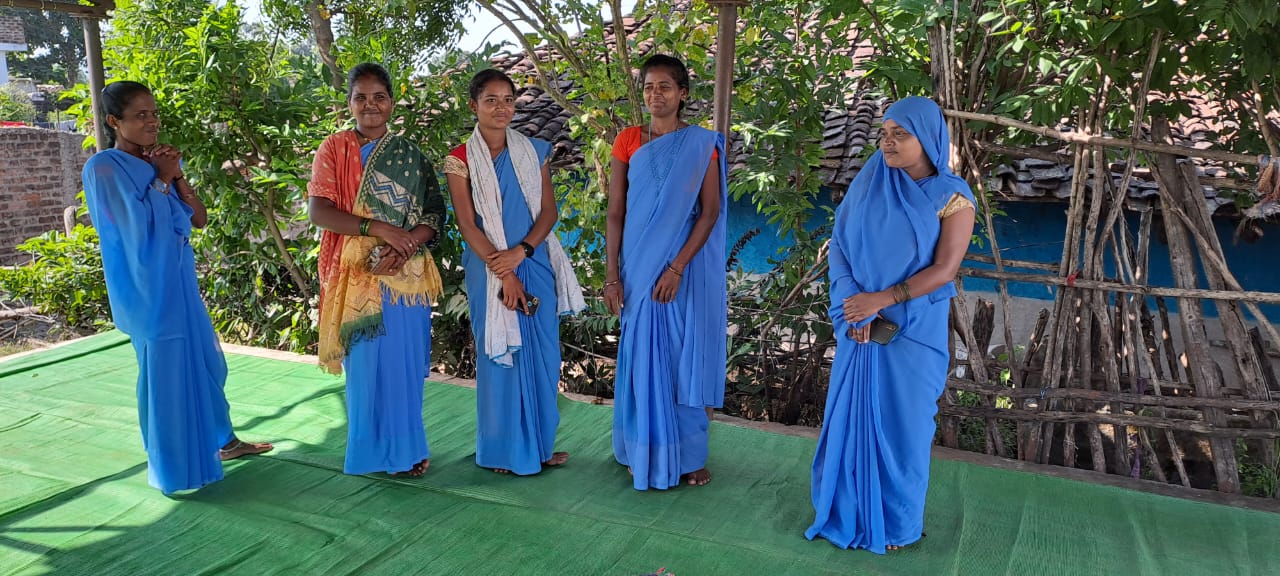
Pashu Sakhis, meaning ‘friends of animals,’ are Community Animal Care Service Providers (CASP) who provide animal health services and advise farmers on livestock care and the economic benefits of rearing livestock for sale. Their role is multifaceted, extending knowledge and practices, offering doorstep first aid and counselling for disease prevention and management, and demonstrating best practices in livestock management.
Importantly, they empower women by allowing them to earn an income through their services, thus enhancing the sustainability and viability of livestock-based livelihoods.
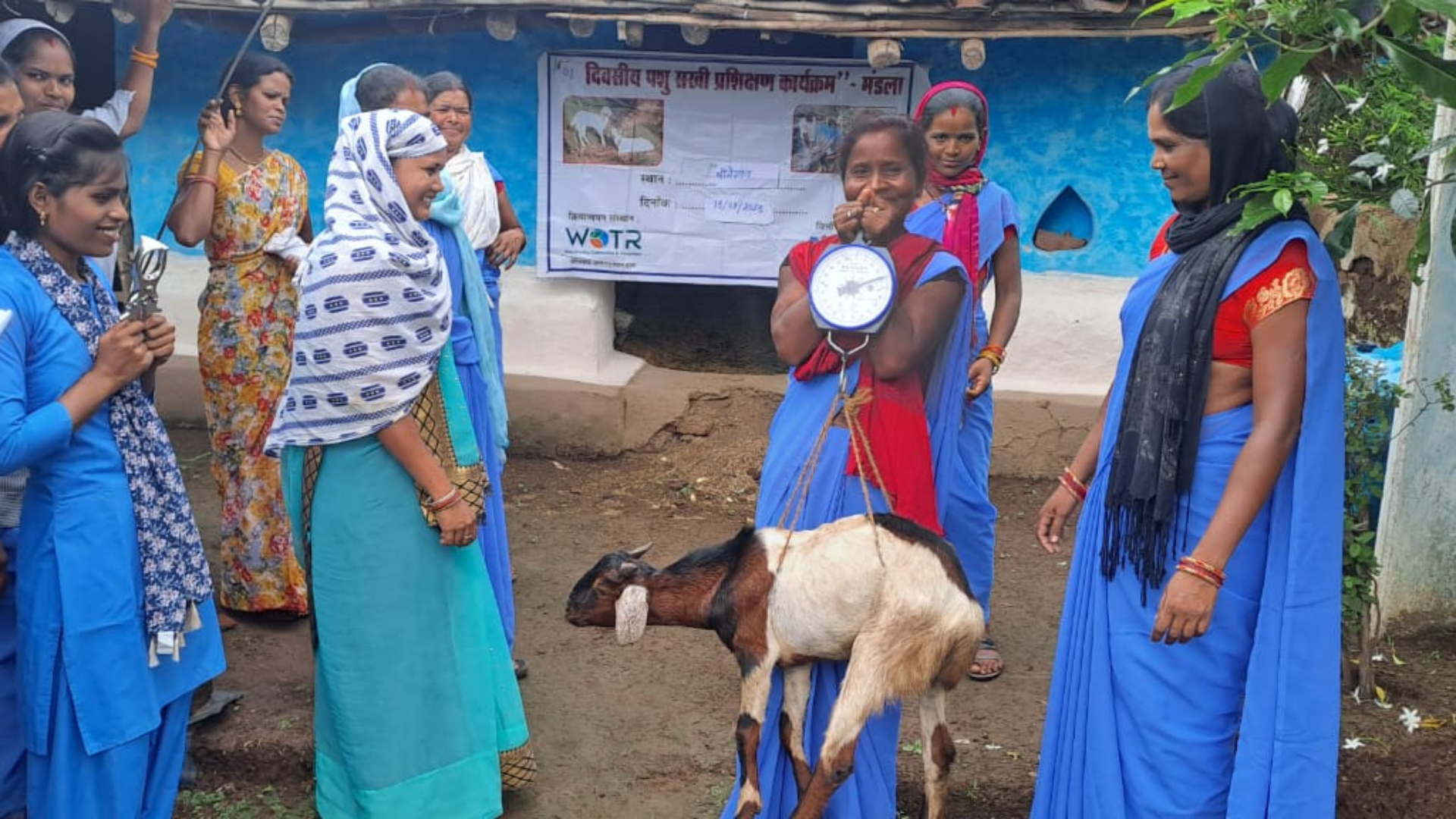
Capacity Building and Impact: Pashu Sakhis Transforming Rural Livestock Management
With the livestock sector engaging 16.44 million workers (National Sample Survey, 68th round), and India’s livestock population being one of the largest in the world, ensuring streamlined last-mile healthcare services is crucial. Programs like Pashu Sakhis urgently need to build capacities among rural women to provide enhanced care to animals, reducing livestock losses and safeguarding farmers’ livelihoods.
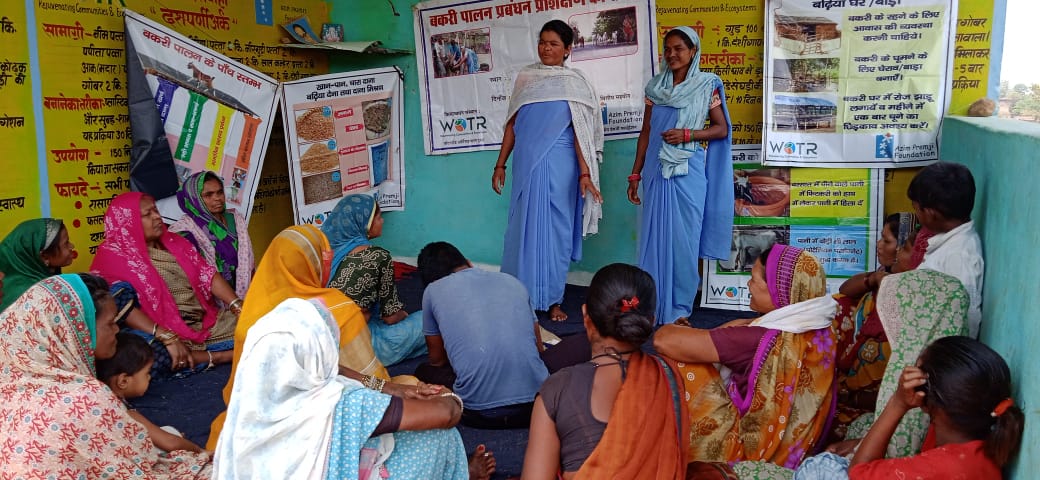
Initiatives such as ‘Efficient and Collaborative Management of Water Resources to Address Increasing Vulnerability of about 8,000 Rain-fed Farming Households’ in Madhya Pradesh, supported by Azim Premji Philanthropic Initiatives, provide a platform to undertake this task. For example, a training session in Jewar village in Mandala Block equipped 21 Pashu Sakhis with advanced techniques in animal husbandry, including skills like artificial insemination and castration.
These skills enhance livestock quality and, in turn, increase household income. Following the training, these Pashu Sakhis have applied their newfound expertise within their communities.
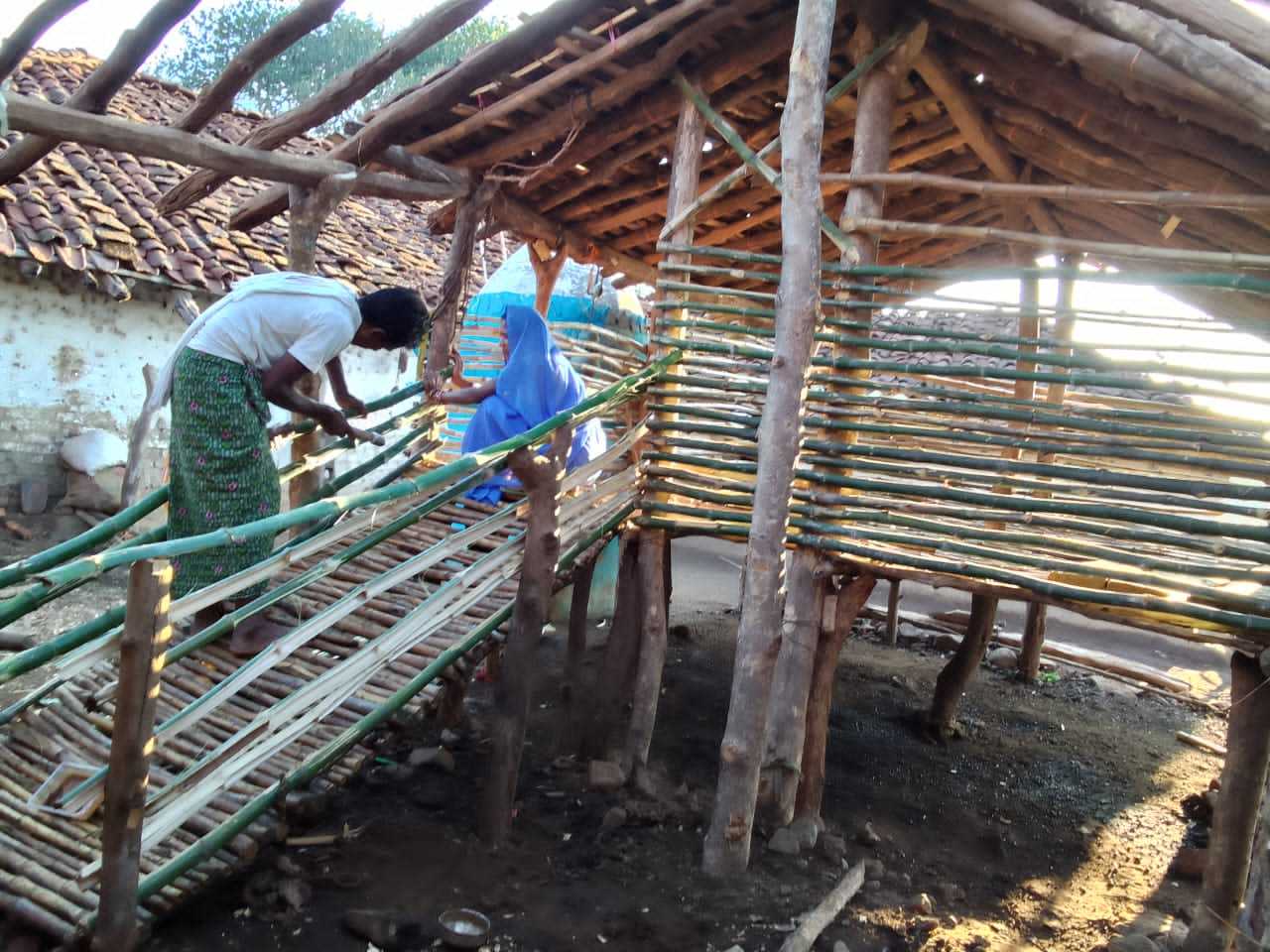
Since the programme’s inception in 2022, 43 Pashu Sakhis have undergone rigorous training, emerging as capable individuals with the necessary skills to effectively treat animals. In the current financial year, their impact has been remarkable, with 2,061 livestock owners benefitting from their expertise and 1,207 livestock owners receiving treatment for their livestock. This has resulted in 2,336 livestock receiving the much-needed care and attention they deserve.
Conclusion
The intervention of Pashu Sakhis in the Mandla district of Madhya Pradesh has produced tangible results, particularly in areas where the historical animal mortality rate was alarmingly high. Thanks to the diligent efforts of these skilled individuals, there has been a noticeable reduction in livestock death rates, and the overall health of the animals has remarkably improved due to the treatments administered by the Pashu Sakhis.

In conclusion, while rural India faces various challenges, including the impacts of climate change and an increasingly unprofitable agricultural sector, the livestock sector and initiatives like Pashu Sakhis offer a ray of hope. Empowered rural women are driving change, not only improving the health and well-being of livestock but also uplifting the economic prospects of their communities.
As we celebrate their successes, we must also continue to support and expand such initiatives to ensure a brighter future for rural India.


